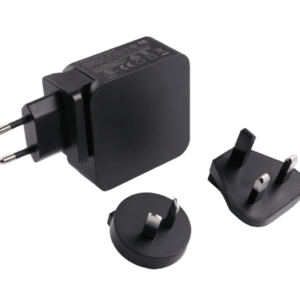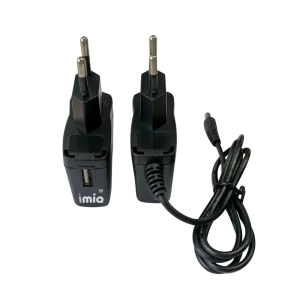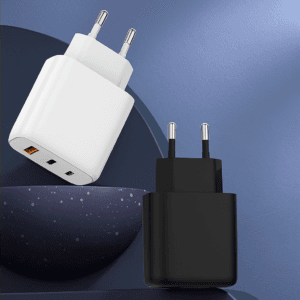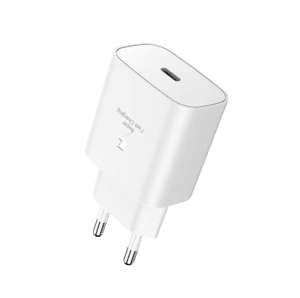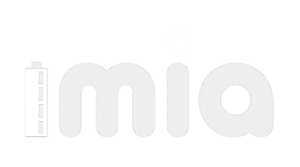In today’s electronics industry, the power supply is at the heart of every device—from consumer electronics to medical equipment. As demand grows for higher efficiency and faster charging, designers face a critical challenge: balancing output power with safety standards, thermal management, and regulatory compliance. One key design practice that enables safe and reliable operation is power derating.
🔒 Power Supply Safety Standards
Every power supply, whether an AC/DC power converter, DC/DC converter, inverter charger, or battery charger, must comply with global power supply safety standards. These include:
-
UL Certification (UL 62368-1, UL 60601 for medical power supply)
-
IEC/EN 62368-1 for audio/video and IT equipment
-
IEC 60950-1 compliance (legacy standard, often demonstrated with a CB report)
-
EMI/EMC compliance in switching power supplies (to meet FCC, CE requirements)
Compliance ensures that the power supply remains safe under all rated conditions, covering insulation, creepage distance, electromagnetic compatibility, and thermal safety.
⚡ Power Derating and Thermal Management
Why Power Derating Is Necessary
When a power supply operates at maximum output power in high ambient temperatures or under low input voltage, internal components may exceed their safe thermal limits. To prevent this, manufacturers specify derating curves:
-
Thermal derating curves for AC-DC power supplies show how maximum power decreases as ambient temperature rises.
-
De-rating specifications under high ambient temperatures are required to prevent overheating.
-
Power supply derating based on low input voltage ensures stable operation when the AC mains drops below nominal levels.
Dynamic Thermal Management
Advanced designs also integrate dynamic thermal management in power supply design. Using real-time temperature monitoring, the control circuit can reduce output power, limit current, or adjust switching frequency to maintain safe operation.
This approach improves voltage regulation, current limiting, and overall power density, while ensuring compliance with power supply safety standards.
🏥 Special Case: Medical Power Supply
For medical applications, derating and thermal management are even more critical. Medical power supplies must meet UL 60601-1 and IEC standards, with tighter leakage current limits and stricter electromagnetic compatibility requirements. Any excessive heat or EMI can compromise patient safety, making power derating a mandatory design consideration.
📌 Example: Inverter Charger and USB Chargers
Take the case of an inverter charger or a high-density USB AC/DC charger:
-
At 25°C ambient, the charger may operate at full rated output power (e.g., 65W).
-
At 50°C, according to derating curves, it may safely operate only at 45W.
-
At 60°C, the derated specification may reduce further to 30W, ensuring UL certification compliance and long-term reliability.
✅ OEM/ODM Power Supply Solutions
At Imiapower, we design and manufacture a wide range of OEM/ODM chargers and power supplies, including:
-
Customized USB chargers
-
AC/DC power supplies
-
DC/DC converters
-
Medical power supply solutions
-
High-density inverter chargers
All our products are engineered with power derating, voltage regulation, current limiting, and EMI/EMC compliance in mind, ensuring full conformity with international power supply safety standards.
Conclusion
Power derating is not a weakness—it is an essential safety mechanism that allows power supplies to meet UL certification, IEC standards, and EMI/EMC compliance while maintaining reliability. By integrating thermal management, dynamic derating curves, and advanced design techniques, modern power supplies deliver safe, efficient, and long-lasting performance.
👉 Looking for a trusted OEM/ODM partner for customized USB chargers and power supply solutions?
Welcome to check with us for your project requirements.

